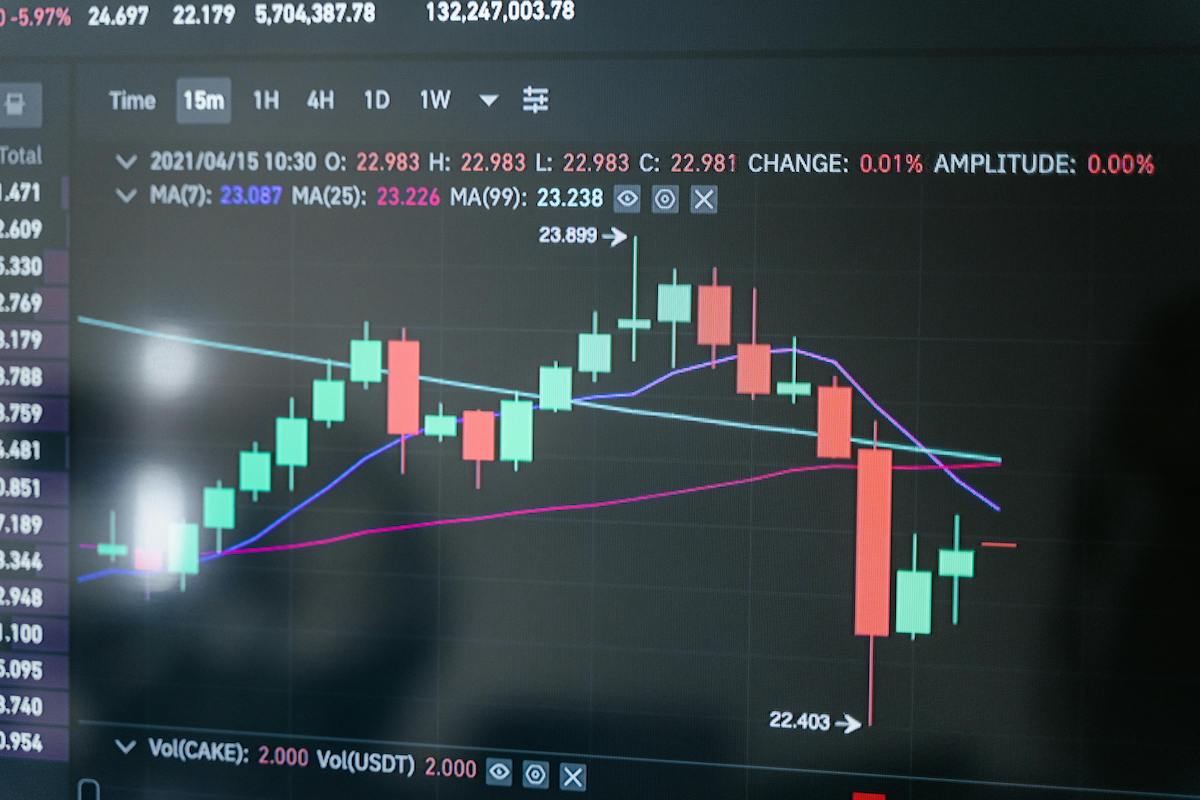In the vibrant landscape of Decentralized Finance (DeFi), tokenomics plays a pivotal role in shaping the dynamics of blockchain-based ecosystems. Tokenomics refers to the study of the economic models behind cryptocurrencies and tokens, including their distribution, circulation, utility, and value proposition. In this blog post, we’ll delve into the fascinating world of tokenomics and explore the diverse economic models that underpin DeFi projects.
The Foundations of Tokenomics
Tokenomics encompasses various elements that collectively contribute to the economic design and functionality of cryptocurrencies and tokens. Some key components of tokenomics include:
- Token Distribution: The initial allocation and distribution of tokens, which may involve mechanisms such as token sales, airdrops, mining rewards, or token grants.
- Token Utility: The utility and functionality of tokens within the ecosystem, including their use for payments, governance, staking, voting, access to services, or participation in decentralized applications (DApps).
- Token Supply: The total supply of tokens, including factors such as token inflation, deflation, emission schedules, and mechanisms for token issuance and burning.
- Token Governance: The governance mechanisms and decision-making processes that govern the evolution and direction of the project, including voting rights, proposals, and community participation.
- Token Economics: The economic incentives, mechanisms, and game theory principles that drive user behavior, participation, and engagement within the ecosystem.
Economic Models in DeFi
DeFi projects employ a variety of economic models to incentivize participation, ensure network security, and create value for users and stakeholders. Some common economic models found in DeFi include:
- Inflationary Models: Inflationary models involve the continuous issuance of new tokens to reward network participants, maintain network security, and incentivize participation in governance and ecosystem development.
- Deflationary Models: Deflationary models involve mechanisms to reduce the token supply over time, such as token burning, buybacks, or deflationary monetary policies, with the goal of increasing token scarcity and value over time.
- Revenue Sharing Models: Revenue sharing models allocate a portion of platform revenues, transaction fees, or profits to token holders, providing them with a passive income stream and aligning their interests with the success of the ecosystem.
- Staking and Yield Farming: Staking and yield farming models incentivize users to lock up their tokens in smart contracts or liquidity pools in exchange for rewards, such as staking rewards, yield farming incentives, or transaction fees.
- Governance Models: Governance models empower token holders to participate in decision-making processes, such as protocol upgrades, parameter adjustments, or allocation of treasury funds, through voting mechanisms and governance tokens.
Considerations and Challenges
While tokenomics can provide powerful incentives for ecosystem growth and user engagement, it also presents several considerations and challenges, including:
- Balancing Incentives: Designing tokenomics that strike the right balance between incentivizing participation, maintaining network security, and preserving token value can be a complex and delicate task.
- Avoiding Centralization: Ensuring that token distribution and governance mechanisms promote decentralization and prevent concentration of power among a small group of stakeholders is essential for the long-term sustainability of the ecosystem.
- Economic Sustainability: Designing token economics that promote economic sustainability, resilience to market fluctuations, and long-term growth is crucial for the success of DeFi projects.
- Regulatory Compliance: Navigating regulatory challenges and ensuring compliance with securities laws, tax regulations, and financial regulations in different jurisdictions is a key consideration for DeFi projects implementing tokenomics.
The Future of Tokenomics in DeFi
As the DeFi ecosystem continues to evolve and mature, the role of tokenomics will become even more critical in shaping the dynamics of blockchain-based ecosystems. Advances in token design, economic models, governance mechanisms, and incentive structures will drive innovation and enable the creation of more resilient, inclusive, and sustainable financial systems for the future.
In conclusion, tokenomics is at the heart of the DeFi revolution, providing the economic incentives and mechanisms necessary to build vibrant, decentralized ecosystems that empower users and create value for stakeholders. By understanding the principles of tokenomics and embracing innovative economic models, the DeFi community can unlock new opportunities for financial innovation, democratize access to financial services, and revolutionize the global economy.







